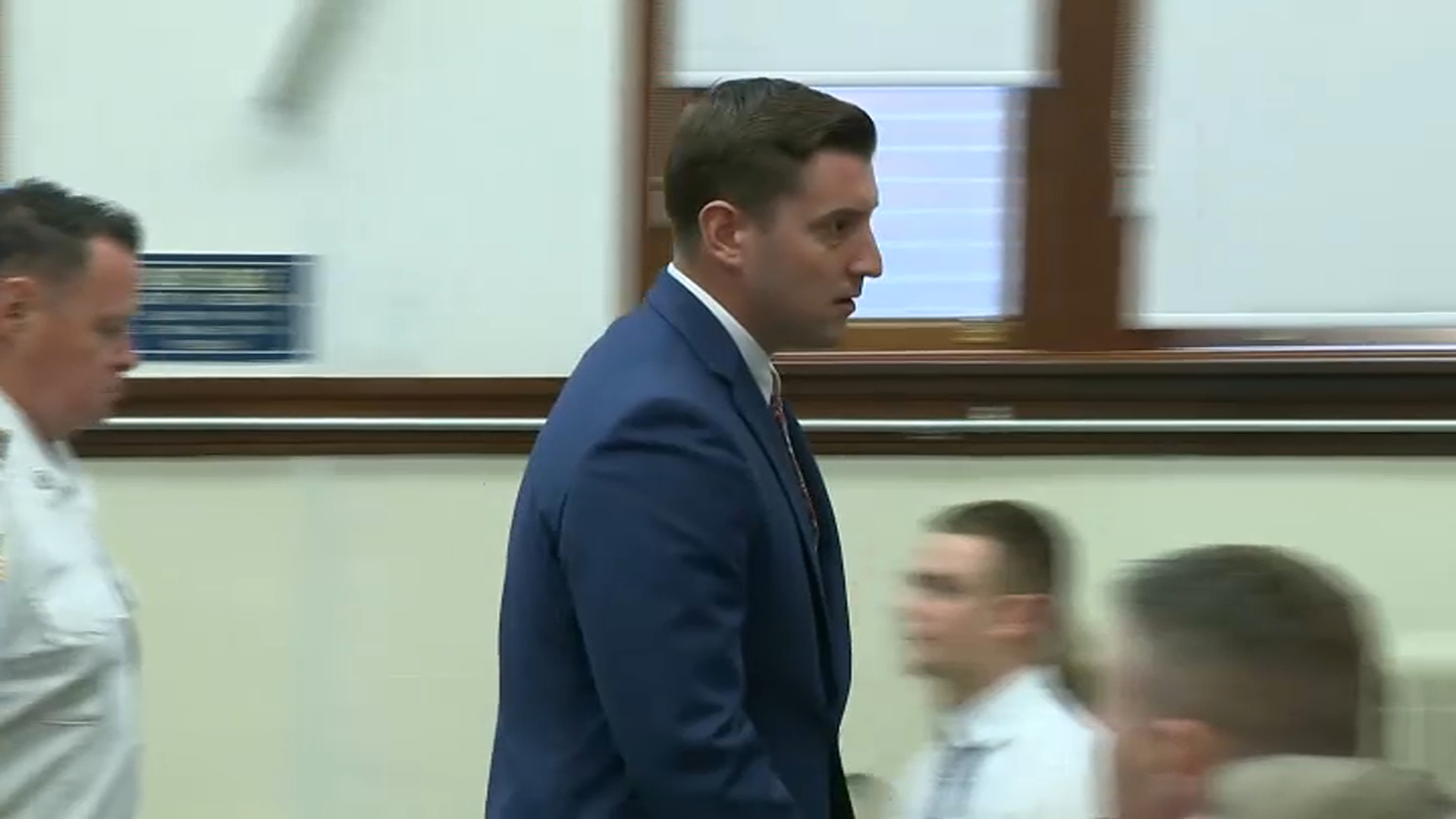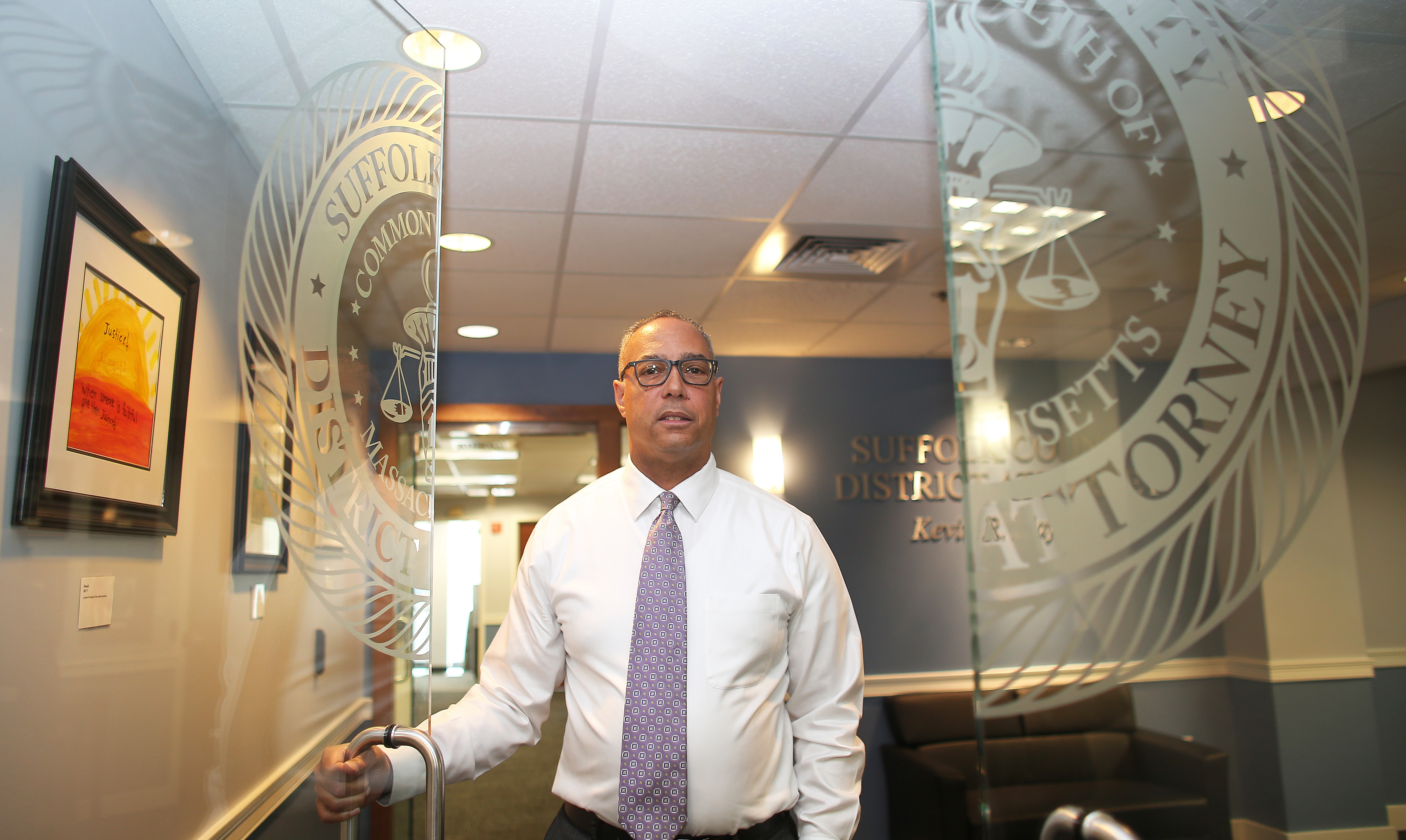Permanent memorials to the victims of the 2013 Boston Marathon bombings are taking shape in a foundry outside Boston.
But the long-awaited monuments of bronze, granite and lighted glass won't be ready in time for this year's race on April 15. The $2 million project, which has undergone substantial redesigns since planning began four years ago, should be finished by this summer, according to city officials.
The bombing site memorials were expected to be finished in time for last year's five year anniversary of the attack, which killed three people and injured about 260 others at the finish line of the storied race.
But during a tour of his workspace in Chelsea on Tuesday, artist Pablo Eduardo said he doesn't feel pressure to meet an artificial deadline.
Instead he said the pressure comes from a desire to meet the hopes and expectations of the families of the three victims of the attack, who requested the design changes after selecting the Bolivian-born sculptor for the monument.
"Having an event like this that is life-changing for many people, all we can offer is our craftsmanship and making sure everything is done to the best we can do," the Gloucester resident said as other metal workers polished and etched portions of the structure.
The memorials will be placed at the two locations where pressure cooker bombs detonated.
Local
In-depth news coverage of the Greater Boston Area.
A single granite pillar adored with bronze will mark the location where 29-year-old Krystle Campbell, of Medford, died. An inscription etched in a bronze ring around the pillar will bear a quotation picked by her family: "All we have lost is brightly lost."
About 200 yards away, two more pillars of granite and bronze will symbolize the two other victims: 8-year-old Boston resident Martin Richard and 23-year-old Boston University graduate student Lingzi Lu. Their inscription reads: "Let us climb, now, the road to hope."
Eduardo said each pillar comes from a place special to the victims. Richard's stone was brought from Boston's Franklin Park, while Lu's was donated by BU and Campbell's comes from Spectacle Island, the picturesque Boston Harbor island where she'd worked.
Each site will also be ringed by towering columns of bronze and glass. Eduardo said the sinewy, twisting bronze framework is meant to evoke protection and strength while the frosted glass, which will be illuminated from inside, symbolizes the fragility of life.
He hopes the monuments provide a "quiet, contemplative place" along otherwise bustling Boylston Street.
Cherry trees have been planted at the sites and two bronze markers within the red brick sidewalk will honor the two police officers who died after the attacks: MIT Officer Sean Collier and Boston Police Officer Dennis Simmonds.
The project is part of the city's broader effort to memorialize the attack.
Boston officials also envision a larger monument that will involve input from attack survivors, but that project remains in its infancy. No budget, timeline or location has been laid out at this point, said Donny Taveras, the city's chief diversity officer, who is overseeing the memorial efforts.
Bombing monuments have also been built elsewhere in greater Boston.
In Cambridge, the Massachusetts Institute of Technology unveiled in 2015 a massive, star-shaped granite memorial at the site where Collier was slain as authorities pursued bombers Tamerlan and Dzhokhar Tsarnaev.
In nearby Medford, the city opened a peace garden dedicated to Campbell, a city resident, in 2016.
And a more than $15 million, esplanade playground and park with sweeping waterfront views is being built in South Boston near the city's Children's Museum in honor of Richard. That project, which is almost entirely privately funded, broke ground two years ago and remains under construction.



